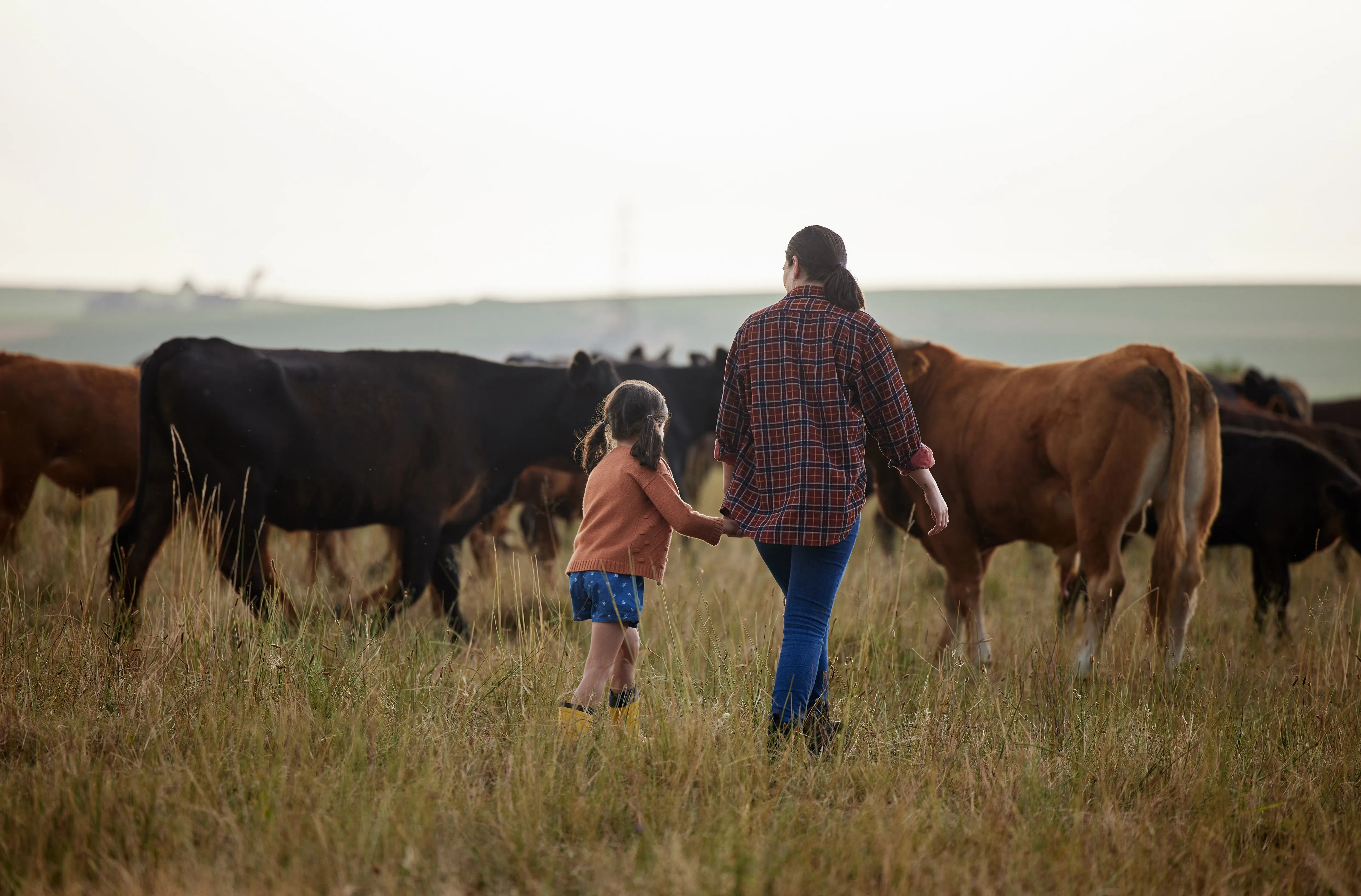Climate Change, Wildfires and Sustainable Forest Management
The Western United States is experiencing one of the worst wildfire years on record. In California alone, more than 4 million acres have burned.
As global emissions continue to rise and the risks associated with climate change continue to intensify, the answer to reducing forest fires and the other negative environmental impacts from climate change could in fact lie within the forests themselves.
According to The Nature Conservancy (TNC), forests are the natural climate solution with the greatest potential to address climate change—and do so cost-effectively. Natural climate solutions (NCS) include conservation, restoration and improved land management actions that increase carbon storage or avoid greenhouse gas emissions in landscapes and wetlands across the globe. Because of the rising threat of climate change, it is essential that we develop and deploy strategies that combine effective climate mitigation with sustainable forest management.
Of all the forestland in the U.S., 36% is privately owned which is equal to 290 million acres. Due to barriers, such as high costs, it is very difficult for these landowners to engage in today’s carbon market. We cannot maximize the carbon sequestration potential of our nation’s forestlands in the fight against climate change without including this significant portion of America’s forests.
The Family Forest Carbon Program (FFCP), created in collaboration with The Nature Conservancy, is working to maximize this potential by providing opportunities for individual and family forest landowners to engage in today’s carbon markets.
By providing incentives for landowners to implement science-based sustainable forestry practices, this program is working to increase the potential of privately-owned forestlands to capture and sequester carbon. The FFCP addresses the barriers landowners face by connecting family forest owners with trusted carbon market information, supporting skill development to do carbon-positive forest management practices, and payment for consistent implementation of these practices in their forests.
The FFCP is one of the only tools available today that provides the means and the methods to increase forest resiliency and combat climate change at the same time. In addition to fighting climate change, the program also provides economic benefits to rural communities that need assistance, improves air and water quality, and protects and preserves wildlife habitat.
For more information about the FFCP including information about how it works, where it is being implemented, and how to participate visit https://www.forestfoundation.org/family-forest-carbon-program.
Related Articles

October 21, 2025
The Value of Your Fields & Forests Project
Curious what the Fields & Forests program really offers? Beyond the $30 per acre payment, there are added cost savings and income opportunities that make enrollment even more valuable. See how it all adds up!

September 16, 2025
Forester Spotlight: Keely Dunham
We’re excited to highlight Keely Dunham, a dedicated forester with the Family Forest Carbon Program who brings scientific expertise, on-the-ground experience, and a passion for helping landowners connect with and care for their forests.

September 5, 2025
What is the Permanence Trust? A Look at a New Solution for Nature
The American Forest Foundation has created an innovative new approach that aims to fill all the core functionalities necessary for permanence: The Permanence Trust. This approach frames non-permanence as a risk to be managed, strengthens market-wide definitions and risk management strategies, and provides a framework that allows NCS credits and other carbon credit types (like geologic storage) to be managed together, increasing overall market confidence and credibility.